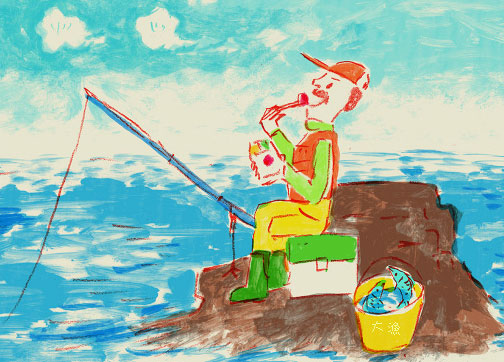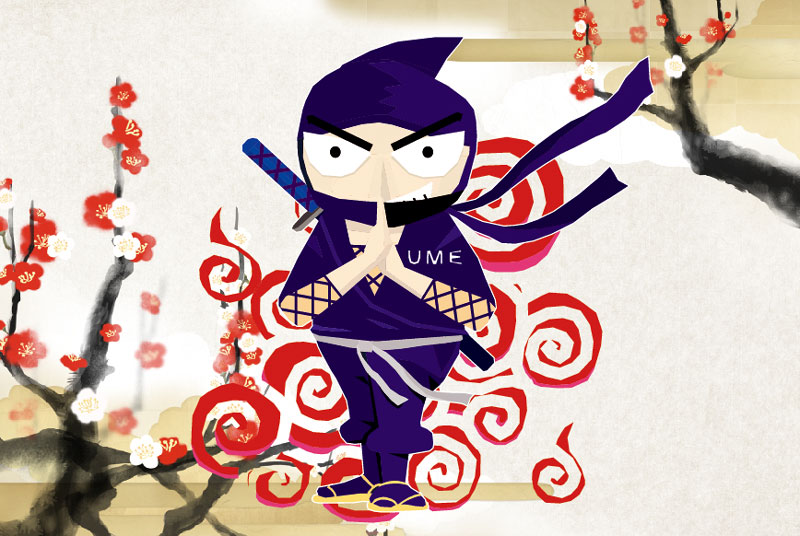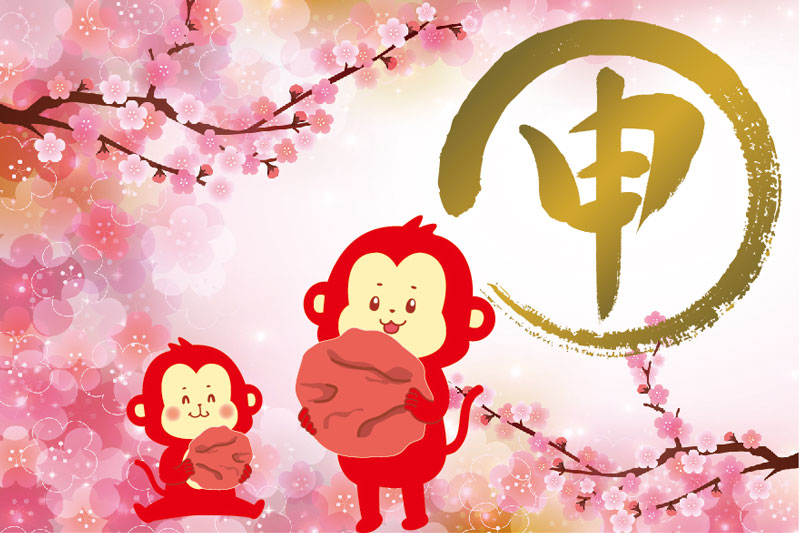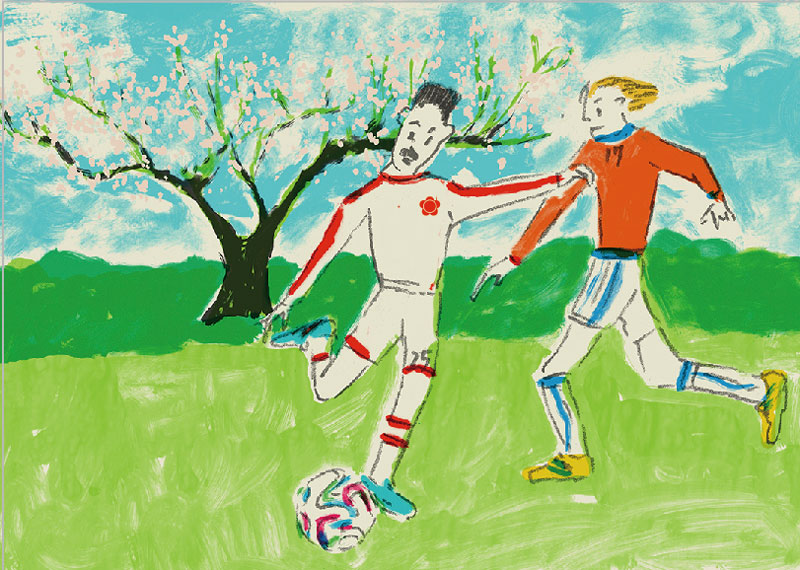Knowledge about Ume

What Happens If You Stick a Piece of Ume on Your Belly?
Little facts about Ume
-
-

Sticking a Piece of Ume on Your Belly Prevents Motion Sickness
- According to tradition, sticking a piece of Umeboshi on the belly can help prevent motion sickness. There is no medical evidence to back this claim, but maybe the thought of it working causes a placebo effect, and prevents motion sickness as a result. It’s also said that eating Umeboshi also alleviates motion sickness and hangovers because of its refreshing qualities. If you’re curious, why not try sticking a piece of Umeboshi on your belly?
-
-
-

Microwaved Umeboshi: The Exciting Effects of Ume Vanillin
- Recently, Ume-vanillin has become a topic for discussion on TV and in magazines. Vanillin, a substance in Kishusan Umeboshi, is said to stimulate the fat cells, and can be expected to help weight loss. Simply microwave the Umeboshi for a minute to increase vanillin by 20%. It’s recommended that you take a maximum of three pieces a day, as Umeboshi contains salt. Why not try Umeboshi as a new method of achieving that body you want?
-
-
-

The Oldest Umeboshi in Japan is From The Era of Nobunaga Oda
- The oldest Umeboshi existing in Japan has been passed down the generations of a family in Nara Prefecture, and it is said to be—are you ready?—an astounding 400 years old! The Umeboshi which was preserved in 1576 (Tensho 4) is still kept in good conditions, and was apparently left by their ancestors who wanted to pass down their story to future generations. Nobody knows what it tastes like because it’s too precious to eat. It’s astonishing to think that this Umeboshi was produced in the era of Nobunaga Oda.
-
-
-

The Umeboshi Seasoning an Ancient Japanese Broth Which Came Before the Soy Sauce
- Irizake is made by slowly stewing Umeboshi in Japanese sake. It’s a traditional seasoning that originated in the Muromachi Period, a time when the foundations of Japanese cuisine were laid down. Sometimes bonito flakes, kelp, and salt were added. It’s becoming popular again for its flavor, which is more refreshing and mellow than soy sauce. It goes well with many dishes, such as stir fry dishes, salads, stews, grilled fish, and sashimi, because it doesn’t smother the natural flavors of the ingredients. Please try this seasoning to add umami and a refreshing sourness to your dishes.
-
-
-

Does the Ume pattern give you good luck?
- The kimono is known globally as Japanese traditional clothing.
The Ume is used in a lot for kimono patterns. The main patterns for Kimono are the crane, turtle, Phoenix, dragon; pine, bamboo and plum; the Four Gentlemen, moutan peony and the takaradukushi. Ume is included in the pine, bamboo and plum grouping, and is said to bring good luck and long life. Many like to wear this Ume patterns for celebrations, because it brings both elegance and joy to happy occasions.
-
-
-

Can I Bring Umeboshi to Fishing?
- There is a tradition that says bringing a bento with Umeboshi when going fishing prevents you from making any catches. In reality, you can have many catches or no catches at all, regardless of whether you have an Umeboshi in your lunch. The tradition comes from a folk tale of a flying Ume tree. When Sugawara no Michizane was going to Dazaifu from Kyoto because of his demotion, he read the poem, “When the east wind blows, please deliver me your fragrance. Even if your lord is not here, don’t forget the spring”, to his precious Ume tree. The Ume tree loved Michizane so much, it flew all the way to Dazaifu. There is a deep connection between Sugarawara no Michizane (a Tenjin god), which is also expressed in the idiom, “You can eat the flesh of Ume but not its seed, because a Tenjin god lives inside”.
-
-
-

Umeboshi was Essential for Ninjas
- A long time ago, ninjas had to drink from the river or store water in a container made of bamboo to carry around. This meant that they couldn’t drink water often during work. This is why Suikatsugan, made of Umeboshi and sugar, was so essential for their lifestyle. The Suikatsugan’s sourness induced salivation, which alleviated the ninja’s thirst. The Suikatsugan was an indispensable emergency food that the ninjas needed to quench their thirst.
-
-
-

The Ume Harvested Once in Twelve Years, During the Year of the Monkey, Brings Good Luck
- There is a tradition that during the Heian Period, Emperor Murakami used Ume to save people suffering from an epidemic, and also used Ume to recover when he collapsed from an illness himself. Because that happened in the Year of the Monkey, a tradition that Ume harvested in the Year of the Monkey brings good luck was formed and spread. The Year of the Monkey comes every twelve years, and the Ume harvested in the Year of the Monkey is still said to bring luck. The most recent Year of the Monkey Ume was harvested in 2004 and 2016.
-
-
-

Score a Goal with Umeboshi!
- Umeboshi contains plenty of citric acid, which is beneficial for beating fatigue. You can feel the effects with just one piece of Umeboshi. Apparently, some professional sports athletes eat Ume before their matches. There is a rumor that Umeboshi was always available on the dining table in the Japanese soccer team’s waiting room during the previous world cup. We continue to eat Umeboshi so that we can score many goals in our lives.
-
-
-

Regulate Your Body with Ume-Yu.
- Ume-Yu is simply Umeboshi (pickled plum) smashed in hot water. It’s a very simple drink, but is said to have many health benefits, as a remedy for throat pain, proneness to cold, and gastroenteritis. The citric acid in Umeboshi is also beneficial for beating fatigue and regulating the autonomic nervous system. An unhealthy autonomic nervous system can lead to many illnesses in the body, so taking Ume-Yu can regulate your body’s health. Why not try Ume-Yu, if it’s easy to make and has so many benefits?
-
-
-

Hanafuda is Becoming Popular Overseas– Ume and the Japanese bush warbler
- Hanafuda is a type of Karuta playing cards that was invented in Japan during the Edo Period. The 48 cards represent the twelve months, and are decorated with beautiful illustrations including flowers, Ume, the Japanese bush warbler, a crane and pine tree, a boar, deer, and butterfly. The Ume card represents February, and is illustrated on four cards: one Ume and Japanese bush warbler card, one “Anoyoroshi” card, and two branch cards. The “Anoyoroshi” card is actually read as “Akayoroshi”, which means “obviously good”. The beautiful illustrations make Hanafuda a unique Japanese souvenir.
-
-
-

A Guinness Record of Ume Rice Balls
- On the 15th of February, 2015, a group of people challenged themselves the Guinness World Record for the greatest number of people making Umeboshi rice balls. Adjudicators watched 428 people make Umeboshi rice balls according to the specified criteria, and confirmed that they succeeded in making a world record. It is said that Umeboshi became popular throughout the country when Umeboshi rice balls were handed out as food for soldiers during the Jōkyū War of the Kamakura Period. Umeboshi lets us feel a wonderful connection with the history of Japan.
-
-
-

Ume bisio–the Hidden Ingredient
- Here is a recipe for the seasoning, 「Ume bisio」, which can be used for many dishes and can widen the range of Ume dishes you can cook. First, remove the salt from the Umeboshi by leaving it in water. After removing the water from the Umeboshi, remove the seeds and smash. Put the Ume flesh into an earthenware pot, and add sugar in two separate portions, and stew using low heat. When it becomes like jam, add mirin for luster. Knead so it feels almost like miso. You can put it on rice or porridge, or mix it with vegetables. It can also be used as a dipping sauce for noodles or as dressing. The mild sourness brings out the flavors of the ingredients. Records show that this seasoning was made during the Edo Period as well.
-
-
-

Umeboshi Supports Expectant Mothers
- Umeboshi is ranked as one of the top foods expectant mothers want to eat during pregnancy. We often hear Japanese women say that their sense of taste suddenly changes or that they have the sudden desire to eat something sour during pregnancy, so this seems to be true! The Umeboshi is popular among expectant mothers, too.
-
-
-

Fukucha and Ume for New Years
-
People drink Umecha during celebrations, like Ōmisoka, New Years, and Setsubun. It’s made of Umeboshi, kelp, and fukumame (roasted soybeans).
There’s a special meaning behind each ingredient.- Kelp: for joy.
- Ume: representing the lucky combination of pine, bamboo, and Ume.
- Fukumame: for the ability to do hard work.
It originated in the Heian Period, but it is said that it became popular when families began making their own Umeboshi during the Edo Period. Why not make some Fukucha for luck during the New Years?
-
-
-

Black-Grilled Ume
- If you’re Japanese, you might have heard your grandmother say that black-grilled Ume is good for the body. It is said that drinking water infused with Umeboshi which has been carbonized by grilling in aluminum foil for 1–2 hours in low heat, is a good remedy for coughs and throat pain. Some say it helps alleviate diarrhea, atopic dermatitis, and proneness to cold.
As expected of the Ume, it seems to truly have many benefits and nutrients.
-
-
-

What is Ume lignan?
- Lignan, which is a component of Ume, is now being studied as a health promoting substance. It is said that lignans have various beneficial functions, such as preventing tumors, oxidization, and obesity. 「Ume lignan」 is a generic term that refers to the lignan in Ume, because Ume contains plenty of lignan. There are many traditions which describe the health benefits of Ume, which the Kishu Research Society of Ume Benefits will continue to medically verify.
-







